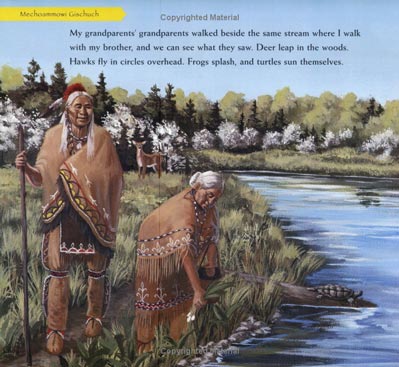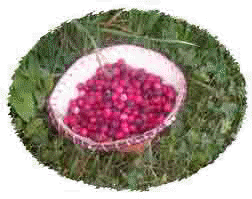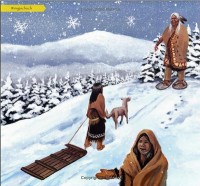 Celebrate the Cycle of the Seasons
Celebrate the Cycle of the Seasons
Look for the following pages: Shadbush Activities, Children’s, Teacher/Parent, Natural World, Conservation
The Lenape people had all of nature as a calendar!
 The Lenape year is a spiral not linear like your calendar, so it goes from Spring to Spring and the “months” can vary, being influenced by the climate/environment. The Lenape people had all of nature as a calendar! Not only could they tell the seasons, as you do today: crocus in the spring, leaves falling off of the trees and animal migrations in the fall, but other aspects as well. The shadbush (Juneberry bush or Serviceberry bush) was a calendar. Signed dedicated copies of When the Shadbush Blooms are available, see the Shadbush page for details.
The Lenape year is a spiral not linear like your calendar, so it goes from Spring to Spring and the “months” can vary, being influenced by the climate/environment. The Lenape people had all of nature as a calendar! Not only could they tell the seasons, as you do today: crocus in the spring, leaves falling off of the trees and animal migrations in the fall, but other aspects as well. The shadbush (Juneberry bush or Serviceberry bush) was a calendar. Signed dedicated copies of When the Shadbush Blooms are available, see the Shadbush page for details.
![]() The flowers were a signal of the returning Shad fish, to the local waterways; the berries marked summer and their harvest and drying to prepare them for winter use was also important.
The flowers were a signal of the returning Shad fish, to the local waterways; the berries marked summer and their harvest and drying to prepare them for winter use was also important.
The Trout Lily marked the return of the Trout! This lily is also called the dog-toothed violet. “Spring peepers” a small frog that loves marshes, also marked spring. Winter with its bone chilling cold that makes the trees crack and lose their limbs was also noted. As was the activities of the ground squirrels.
The Lenape people based their religious ceremonies around their seasonal activities, such as the Corn Planting Ceremony, Roasting Ears of Corn, Thanksgiving, and midwinter solstice. Valentine’s Day, Halloween and traditions and ceremonies associated with Christmas and Easter are ALL European ideas, with non-Christian beginnings.
The following Lenape calendar show the approximate time with our present calendar. Since they used both the sun and the moon in their calendar they had approximately 11 or 13 months to our 12. The Lenape were called Delawares by the incoming settlers, as the English renamed the main river, Lenapehanna to “honor” Lord De la Warre. The Settlers and missionaries introduced a one day of worship concept to the Lenape people. Until them all days included prayers, and even after, as they Lenape could not understand why you should wait and give thanks only once in a period of time. In addition they, like other Native people did not have “days of the week” as we presently use.
GISCHUCH – time of or time when = Month
GENDOWEWAGAN – Week
GISCHQUIKE – by day Gettemìnâk
Wuskén Gachtin (Greetings of the New Year)
Siquon – Spring
Tsquali Gischuch – Time in which the frogs begin to sing
Mechoammawi Gischuch – Time when the shad fish return
Corn Planting
Kitschinipen – Summer
Tending the garden
Jagatamoewi Gischuch – Time of the honey bee
Winaminge – Time of the Roasting Ears of Corn
Tachquoak – Fall
Kilchilachqoak – Autumn – Time of the Grasshoppers
Pooxit – Time of the falling leaves
Lowan – Winter
Winigischuch – Time of the falling snows
Mechakhokque – When the cold makes the trees crack


